1. Immediately after the Geneva Agreement was signed, the US invasion plot and the Ngo Dinh Diem regime's policy of repression and terror in the South reached their peak, putting the revolutionary forces in the South and the Government of the Democratic Republic of Vietnam before a harsh choice. In order to promptly respond to the situation and lead the entire people in the struggle against the US - Diem, the Central Committee of the Vietnam Workers' Party convened the 15th Conference to discuss the direction of the revolution in the South.
 |
| Soldiers of Regiment 70 - the first unit of the Truong Son army - carry goods on the Western Truong Son route in September 1961. Photo: Document |
The 15th Central Conference (the first meeting in mid-January 1959) determined that the path forward for the Southern revolution was to combine political struggle with armed struggle to destroy the enemy's forces, along with the strategic task: Focus on liberating the South, building and protecting the North... The Resolution of the 15th Central Conference (term II) marked an extremely important historical milestone for the revolution in both regions, especially fanning the flames of struggle for the Southern revolution, in line with the thoughts and aspirations of the cadres and people of the South, having great significance for the development of the resistance war against the US to save the country.
After the 15th Central Conference (the second meeting in early May 1959), the Central Military Commission urgently met to discuss the building of the armed forces in the South, preparing to find a way to send a part of the army along with weapons, ammunition, supplies... to support the Southern battlefield in a secret and safe manner, avoiding enemy control and detection. To carry out this special task, on May 19, 1959, the Central Military Commission decided to establish the "Special Military Group" (also known as Group 559) commanded by Colonel Vo Bam, with the task of opening the Truong Son road to the South, in order to build a strategic support line, transporting materials and troops from the large rear in the North to the large front line in the South. And it was from here that the Truong Son road - Ho Chi Minh road was formed, an important traffic artery, contributing decisively to the great victory of the Vietnamese revolution in the resistance war against the US, saving the country.
2. In the beginning, the route was completely trails, with the motto "go through the mountains, dig along the mountain peaks, do not overlap with the old trails" and absolutely do not leave any traces according to the principle of "go without traces, cook without smoke, speak without sound", in order to absolutely keep the secret the route that was vital to the cause of liberating the South. The initial means of transportation was completely on foot, carrying on the shoulder, and carrying rudimentary backpacks.
After a period of determination to "Split Truong Son to save the country", under the direct leadership of Commander - Lieutenant General Dong Sy Nguyen, the road became a motorized transport route that was increasingly extended, reaching far and wide with a scale stretching from East to West Truong Son, through 20 provinces of 3 Indochinese countries, creating a complete and solid system.
By the mid-1960s, when the US directly sent troops to Vietnam, the destruction and blockade of the Truong Son road was carried out using many completely new methods, with many weapons and means that the world had never known before. Almost all of the US military science focused on researching measures to win this confrontation, including: Air Force, automatic reconnaissance, deforestation with toxic chemicals, electronic fences, landing troops to destroy and set up checkpoints on the routes, of which the Lam Son 719 Campaign (February 1971) stood out...
Talking about Truong Son is talking about sacrifices, hardships, and also talking about the aspiration of "Nothing is more precious than independence and freedom" of the Vietnamese people. Despite the destruction of the enemy and the difficulties and obstacles of weather, terrain, and bombs and bullets for 16 years (1959-1975). After 1964, the Truong Son road was like an "octagram" formation reaching out to the battlefields in many directions. The army units and youth volunteers on the Ho Chi Minh road overcame countless hardships and challenges, bravely and steadfastly resisting the brutal war of the US and the Republic of Vietnam. They dropped more than 3.5 million tons of bombs and ammunition here, more than the amount of bombs and ammunition the US used in World War II, causing more than 20,000 Northern soldiers to fall and nearly 20,000 people to be disabled.
With rudimentary weapons and bravery, our army shot down more than 2,000 aircraft of all kinds. Meanwhile, the enemy launched five combined arms campaigns, including many types of troops, along with thousands of commandos and scouts, to attack us... However, with the determination of the entire Party, the entire army and the entire people always looking towards the beloved South, we successively defeated the enemy's large and small campaigns, destroying and capturing more than 18,000 of them. At the same time, our army, together with the army and people of our neighboring country Laos, liberated the land and built revolutionary bases in six provinces of Central and Lower Laos. With the intelligence and strength of millions of minds and hearts, we have built more than 16,700km of roads, more than 500km of rivers and 1,400km of oil and gas pipelines, 1,350km of wired communication lines and relay equipment, organized marches on foot and motorized maneuvers for more than 2 million troops into the battlefield, transported and supported the southern battlefield with more than 1 million tons of weapons, ammunition and food...
With the bravery and legendary feats from Truong Son, the late General Secretary Le Duan assessed: “The Truong Son Road is a brilliant feat in the history of our nation’s resistance war against the US, to save the country. The Truong Son Road is the road of the will to win, of courage, of heroic spirit. It is the road connecting the South and the North; the road uniting the peoples of the three Indochinese countries…”. And, General Vo Nguyen Giap concluded: “The Truong Son Road - the Ho Chi Minh Road, is a great work that speaks to the will and determination, the extraordinary bravery and creativity of the Vietnamese people, determined to bring human and material resources from the great rear to support the great front; is one of the strategic factors of decisive significance, bringing the resistance war against the US to complete victory…”.
Source



![[Photo] Prime Minister Pham Minh Chinh meets with Hungarian President Sulyok Tamas](https://vphoto.vietnam.vn/thumb/1200x675/vietnam/resource/IMAGE/2025/5/29/dbcaa73e92ea4448a03fe1d0de6d68e8)
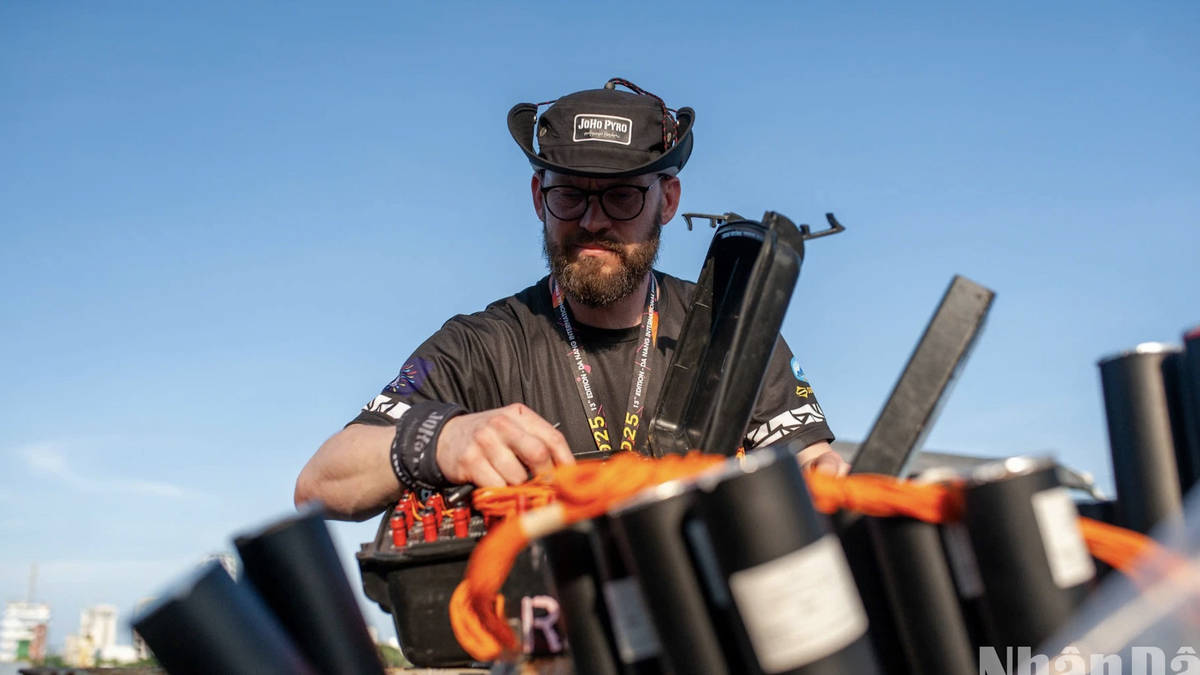

![[Photo] Vietnamese and Hungarian leaders attend the opening of the exhibition by photographer Bozoky Dezso](https://vphoto.vietnam.vn/thumb/1200x675/vietnam/resource/IMAGE/2025/5/29/94d8ceca5db14af3bf31285551ae4bb3)
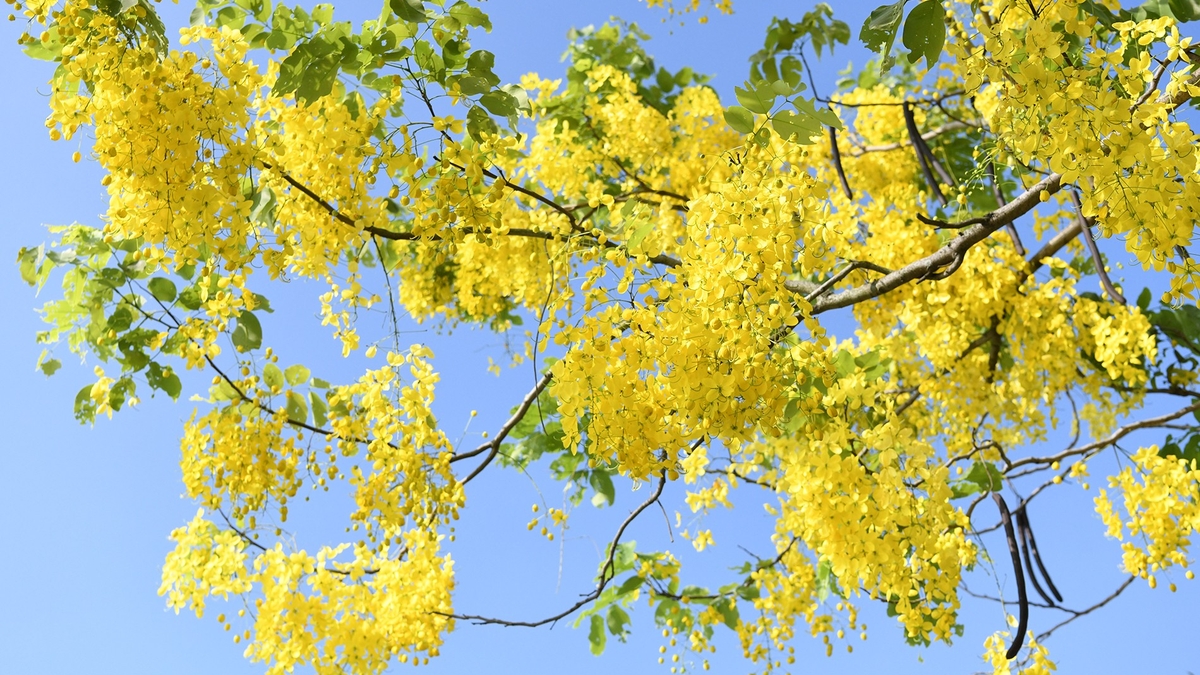
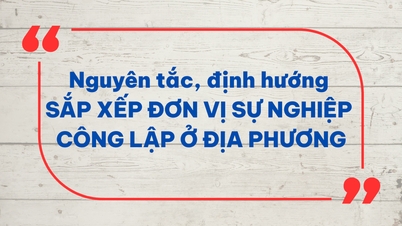
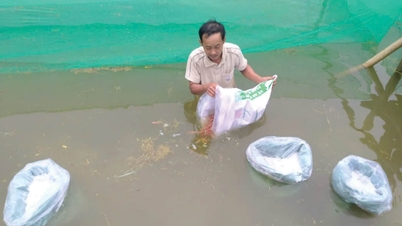


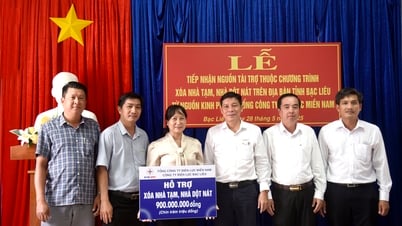

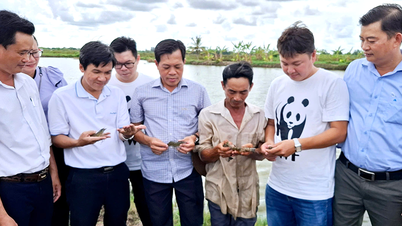




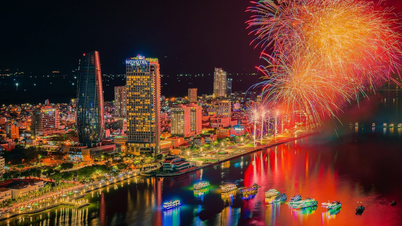



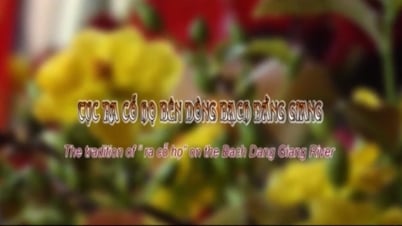

![[Photo] Prime Minister Pham Minh Chinh receives a bipartisan delegation of US House of Representatives](https://vphoto.vietnam.vn/thumb/1200x675/vietnam/resource/IMAGE/2025/5/28/468e61546b664d3f98dc75f6a3c2c880)























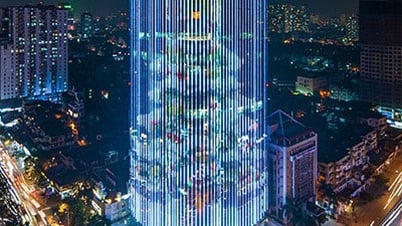
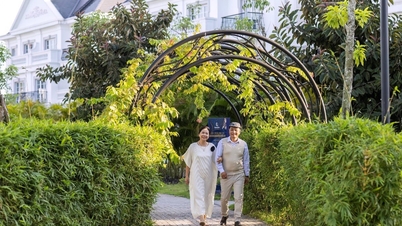

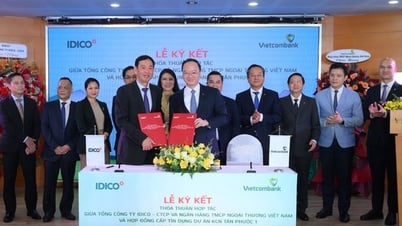


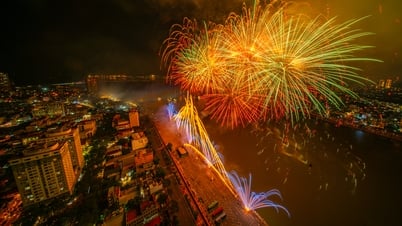
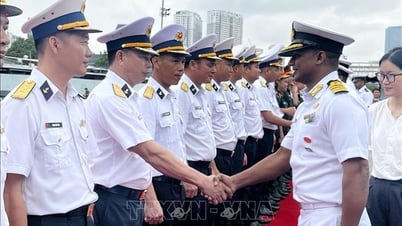

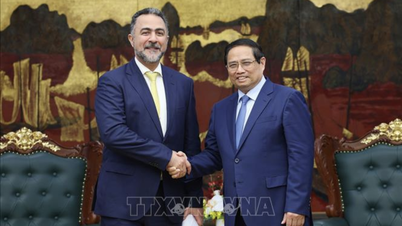

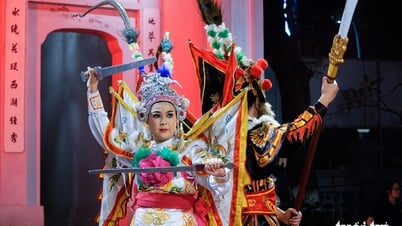
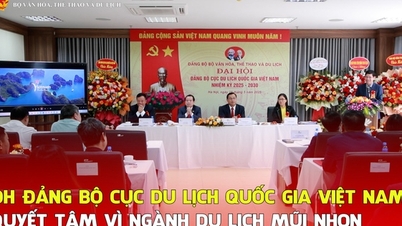
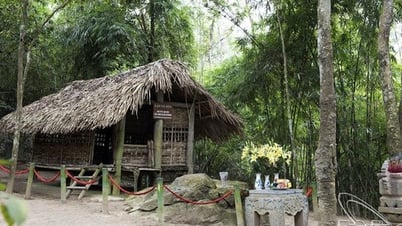
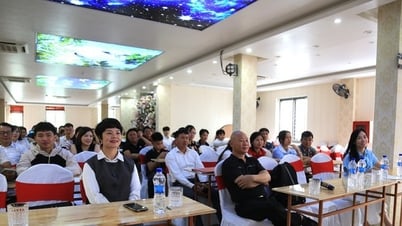
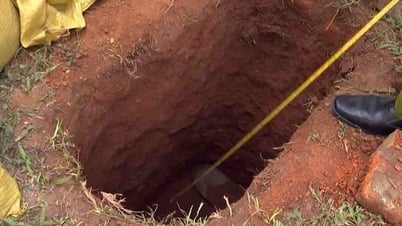
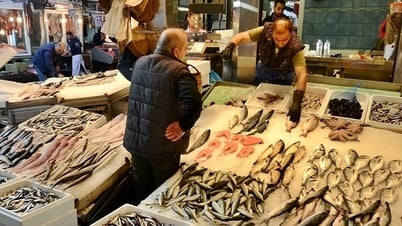



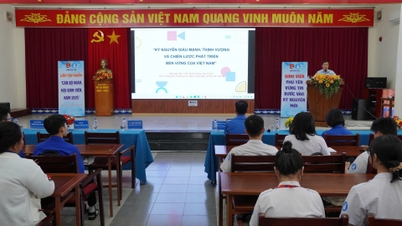


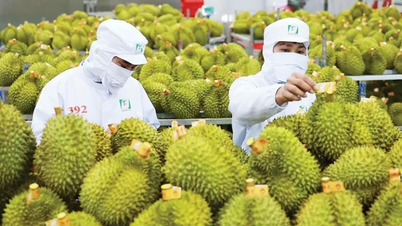

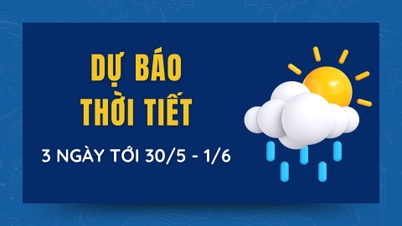









Comment (0)